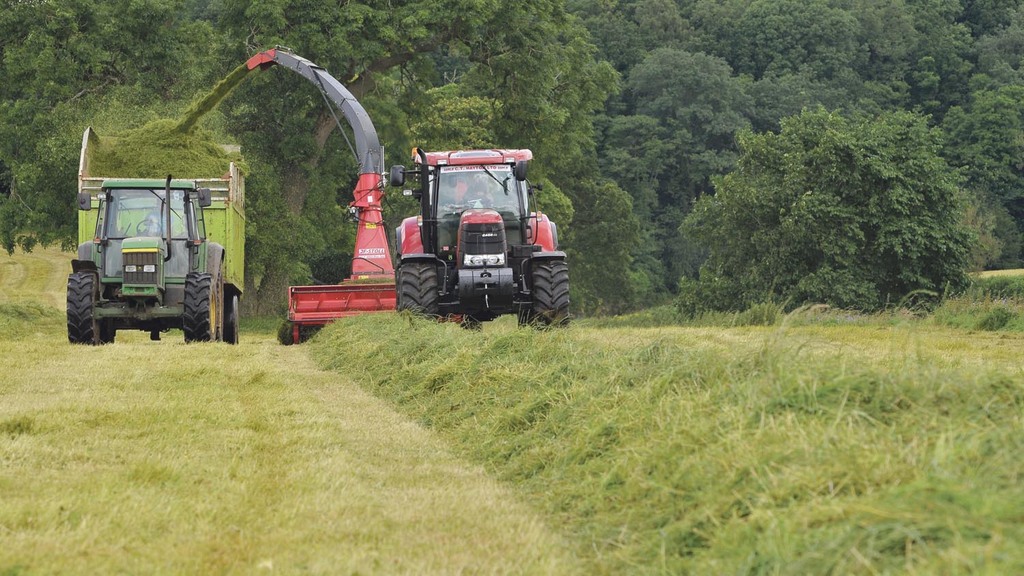
Livestock farmers facing reduced yields of first cut grass silage after this year’s cold spring should look to maximise the value of forthcoming cuts, in order to avoid shortfalls and the need to buy in extra feed this winter, a silage expert is urging.
According to Derek Nelson, product manager for Ecosyl, although improved weather conditions in the run up to harvest did help grass growth, this year’s first cut grass silage yields still appear to be light.
In addition, he says sugar levels may be down in areas where sunlight levels were low.
"Now that first cut is harvested, make sure you assess the quantity and quality of what you have in the clamp," urges Mr Nelson.
"Low-yielding first cuts will mean farmers have to rely more heavily on feeding later silage cuts this winter.
"For example, second cut may need to be fed to milking cows, and not just to youngstock. So getting good yields of later cuts will be particularly important.
"Alternatively, where harvesting of first cut silage was delayed in an effort to boost yield, that could have led to reduced quality, since digestibility falls by 0.5% per day after heading. So farmers may need to concentrate on maximising the quality of future cuts as well."
Best practice techniques
Typically, Mr Nelson says digestibility already tends to be lower in second cut silage than first cut – and a reduction of 3.6 D units will require an extra 1.5 kg of concentrate to be fed to a dairy cow per day.
And although brighter growing conditions mean sugars are normally higher in second cut, he says the downside is that the higher UV light levels tend to kill off naturally-occurring bacteria on grass, including beneficial ones that carry out fermentation.
"To maximise the quantity and quality of second and subsequent silage cuts, it will be important to follow the same best practice techniques as when producing first cut," Mr Nelson adds.
"For example, these include cutting at the correct time, avoiding excess wilting, good clamp management with effective sealing, and maximising the numbers of beneficial bacteria available for fermentation by using a proven silage inoculant.
"By improving fermentation efficiency, a quality lactic acid bacteria inoculant can reduce dry matter losses – with around 95% dry matter recovery achieved in grass silage trials.
"But it can also boost quality – with digestibility improved by an average of 3 D units in trials compared with untreated silage."
What is also relevant is that the largest digestibility benefits were seen with lower digestibility crops and at higher dry matter levels, he adds, a category that second cut is likely to fall into.
In addition, Mr Nelson urges farmers to be careful with the cutting date of second cut, since it goes to head much quicker than first cut, which will reduce digestibility.
For each 1% fall in digestibility, he says milk yield decreases by 0.37 litres per cow per day.
